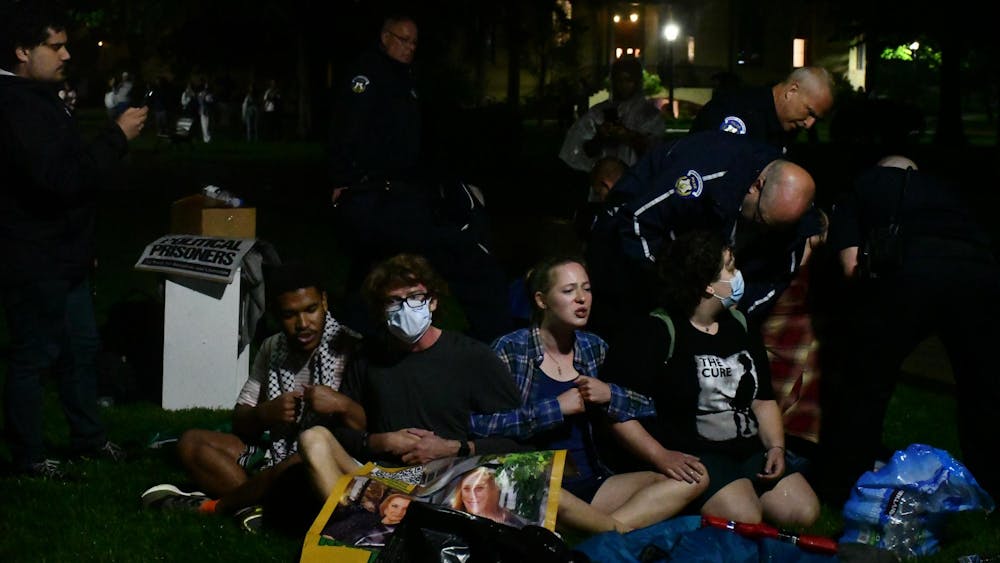Over Thanksgiving break, a group of Notre Dame and Saint Mary’s students went to the Standing Rock Sioux reservation in North Dakota to join the “water protectors” — many of which are Native Americans who have been there since August — in their fight against the Dakota Access Pipeline being built near their land.
On Nov. 29, senior Jenn Cha — one of the Notre Dame allies who went to the reservation, along with four native students — started a Facebook page, Humans of Standing Rock, to share the stories of the indigenous people she met who are leading the movement.
Sunday, the Department of the Army announced that it would not allow the Dakota Access pipeline to cross under Lake Oahe, the area in question.
“It is a huge victory and it is a testament to the power of protest — this never would have happened without the protest — and especially those first four to five months before the media outburst, there was basically no media coverage,” Cha said.
Cha said she is “cautiously optimistic.” Many of the leaders at Standing Rock have said they still have no plans to leave, despite being subjected to water cannons and non-lethal rubber rounds.
Likewise, Cha is not leaving her photojournalism project.
“I will continue with the page, because I still have a backlog,” she said. “I think it would be a mistake to say, ‘OK, we’ve proclaimed victory’ and move on to other things. I think we need to keep the momentum going.”
Humans of Standing Rock, Cha said, is based off of Brandon Stanton’s Humans of New York photojournalism project.
“I was surprised that something like Humans of Standing Rock didn’t exist already, because this movement has been going on since August,” she said. “Everything that did come out [of the media] was ... ‘clashes with police,’ even though they’re peaceful protesters — that kind of rhetoric. I didn’t see much content that was created with the intent of humanizing people who were there. These are the people, this is why they’re here, here are their stories.”
While the content the page is from Cha’s time at the reservation over Thanksgiving, she said she was “very open” to making it a collaborative project.
“I was there for three to four days, and I talked to a lot of people, took photographs, recorded them, and I just created a huge backlog of photographs and interviews,” she said. “Obviously, I was only there three days — I don’t presume to say ‘my story is the only story.’
“I’m not native myself; I didn’t go to the ceremony areas, I didn’t go anywhere I wasn’t invited. There are a lot of stories I can’t tell, and if there are other photojournalists out there, I’d like them to reach out to me.”
Currently, the Humans of Standing Rock Facebook page has almost 500 likes.
“The crux is probably Notre Dame students,” Cha said. “But only about 200 out of the 500 are Facebook friends with me, so I only know half of them and where they’re from or anything. Hopefully, it’s spreading.”
In addition to humanizing the people at Standing Rock, Cha said she hopes the page helps people realize that Standing Rock’s fight against the pipeline is not just a temporary situation.
“This is an indigenous-led movement, and it’s a prayer movement,” she said. “I think that sometimes gets undercut by other news. … People from other places, other indigenous tribes, they’ve sold their things and come to be in solidarity.
“It’s not like they’re camping there. They’re living there — that’s people’s lives. One of the people I interviewed said, ‘It is a movement in some ways, it’s a protest in some ways, but it’s our whole lives — if this pipeline went through, where would we go?’”













